View all Standards for Florida Sunshine State Standards
TH.912.S.2.2 Apply technical knowledge of safety procedures and demonstrate safe operation of theatre equipment, tools, and raw materials.
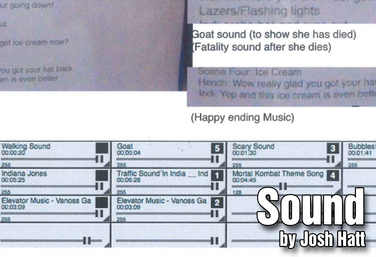
Part of the Technical Theatre Mini Units Curriculum
Sound
by Josh Hatt

Part of the Technical Theatre Mini Units Curriculum
Costuming
by Josh Hatt
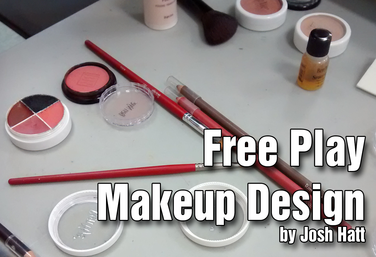
Part of the Technical Theatre Mini Units Curriculum
Free Play Makeup
by Josh Hatt
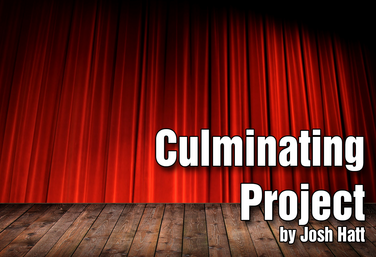
Part of the Technical Theatre Mini Units Curriculum
Culminating Project
by Josh Hatt
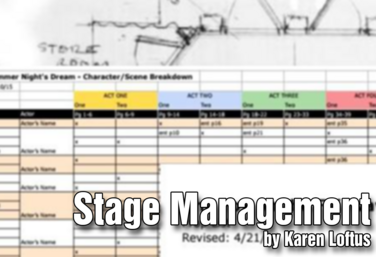
Stage Management
by Karen Loftus
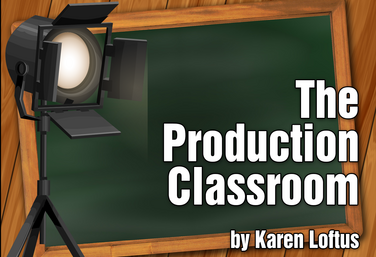
Part of the Production Classroom Units Curriculum
Production Classroom Units Overview
by Karen Loftus

Part of the Production Classroom Units Curriculum
Part One - Pre-Production
by Karen Loftus

Part of the Production Classroom Units Curriculum
Part Two - Rehearsal and Performance
by Karen Loftus

Part of the Production Classroom Units Curriculum
Part Two - Documents
by Karen Loftus

Part of the Production Classroom Units Curriculum
Part Three - Reflection and Assessment
by Karen Loftus
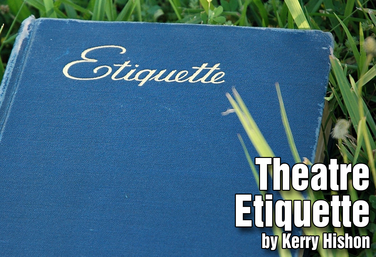
Theatre Etiquette
by Kerry Hishon

Part of the Stagecraft Without a Theatre Curriculum
Scenic Construction
by Karen Loftus
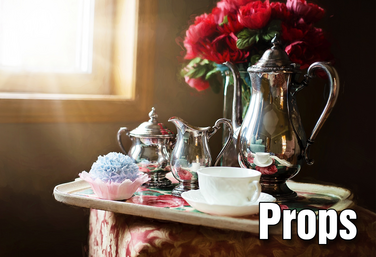
Part of the Stagecraft Without a Theatre Curriculum
Props
by Karen Loftus and Kerry Hishon
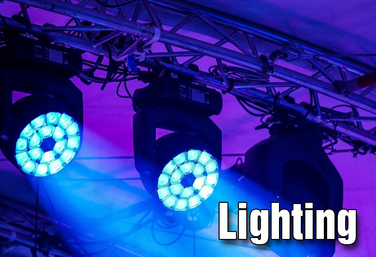
Part of the Stagecraft Without a Theatre Curriculum
Lighting
by Karen Loftus, Josh Hatt, and Kerry Hishon

Part of the Stagecraft Without a Theatre Curriculum
Sound
by Karen Loftus and Josh Hatt

Part of the Stagecraft Without a Theatre Curriculum
Costume Design
by Holly Beardsley, Karen Loftus, and Josh Hatt
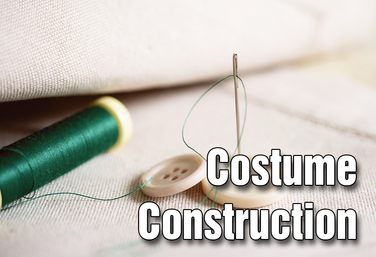
Part of the Stagecraft Without a Theatre Curriculum
Costume Construction
by Karen Loftus
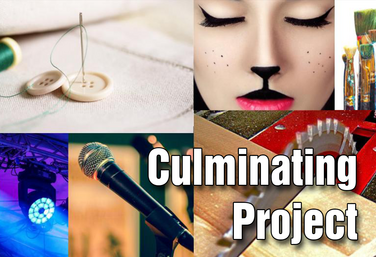
Part of the Stagecraft Without a Theatre Curriculum
Culminating Project
by Karen Loftus
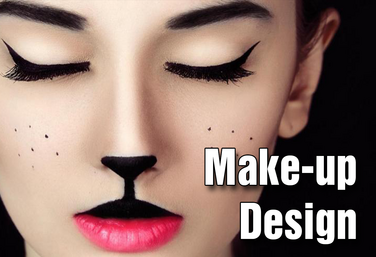
Part of the Stagecraft Without a Theatre Curriculum
Make-Up Design
by Karen Loftus and Josh Hatt
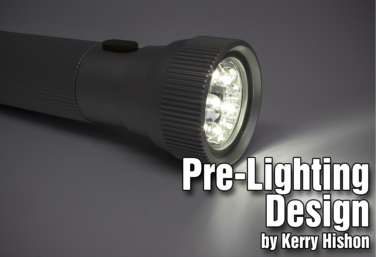
Pre-Lighting Design
by Kerry Hishon
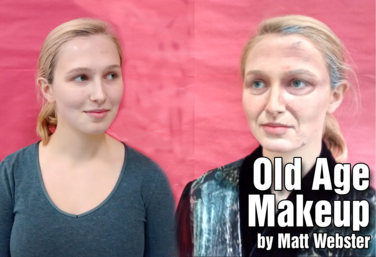
Old Age Makeup
by Matt Webster
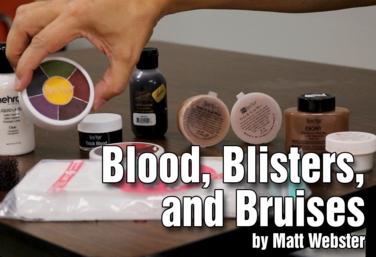
Blood, Blisters & Bruises Makeup
by Matt Webster

Concept-Based Design for the Theatre Teacher
by Matt Webster
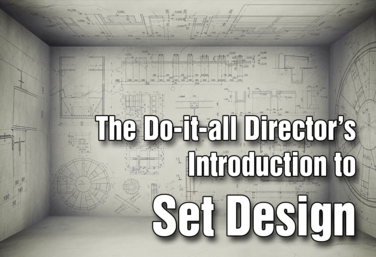
The Do-it-All Director's Introduction to Set Design
by Holly Beardsley
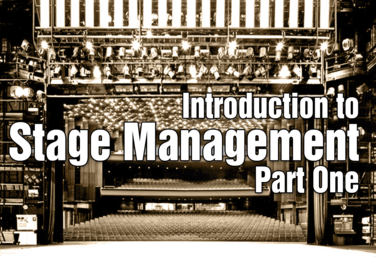
Introduction to Stage Management Part One
by Karen Loftus
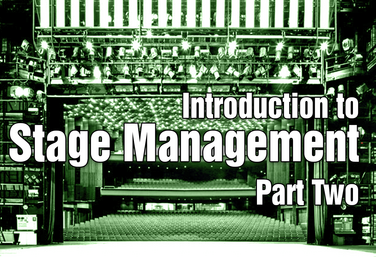
Introduction to Stage Management Part Two
by Karen Loftus

Basic Lighting for Drama Teachers
by Claire Broome

The Production Classroom
by Karen Loftus
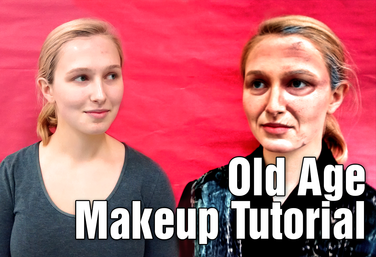
Old Age Makeup Tutorial
by Matt Webster
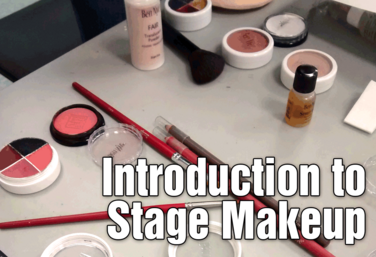
Introduction to Stage Makeup
by Matt Webster
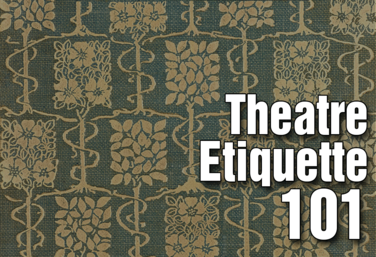
Theatre Etiquette 101
by Kerry Hishon
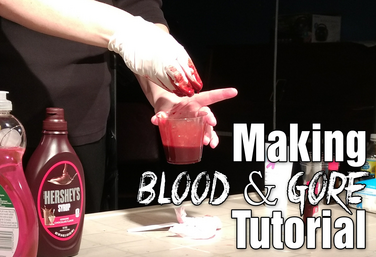
Making Blood and Gore Tutorial
by Linda Veneris
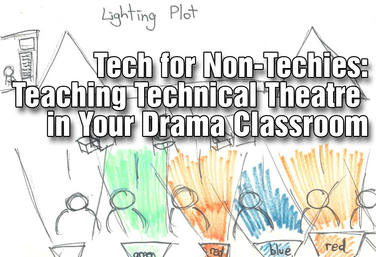
Tech for Non-Techies: Teaching Technical Theatre in Your Drama Classroom
by Josh Hatt
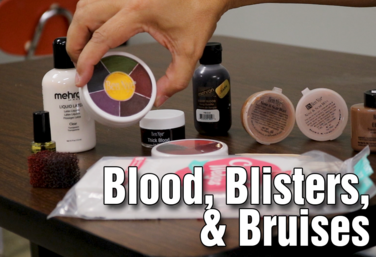
Blood, Blisters & Bruises
by Matt Webster
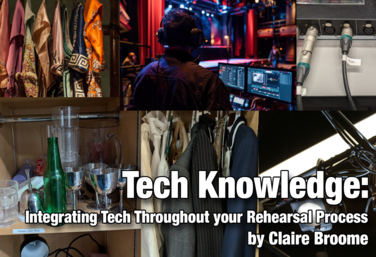
Tech Knowledge: Integrating Tech Throughout Your Rehearsal Process
by Claire Broome
View all Standards for Florida Sunshine State Standards Standards Master List